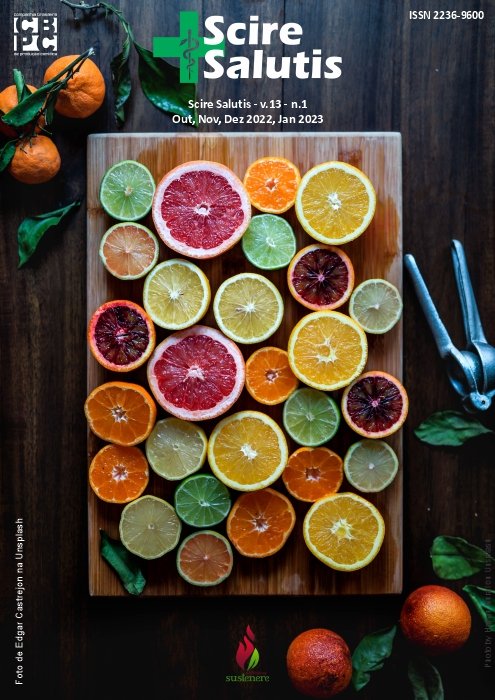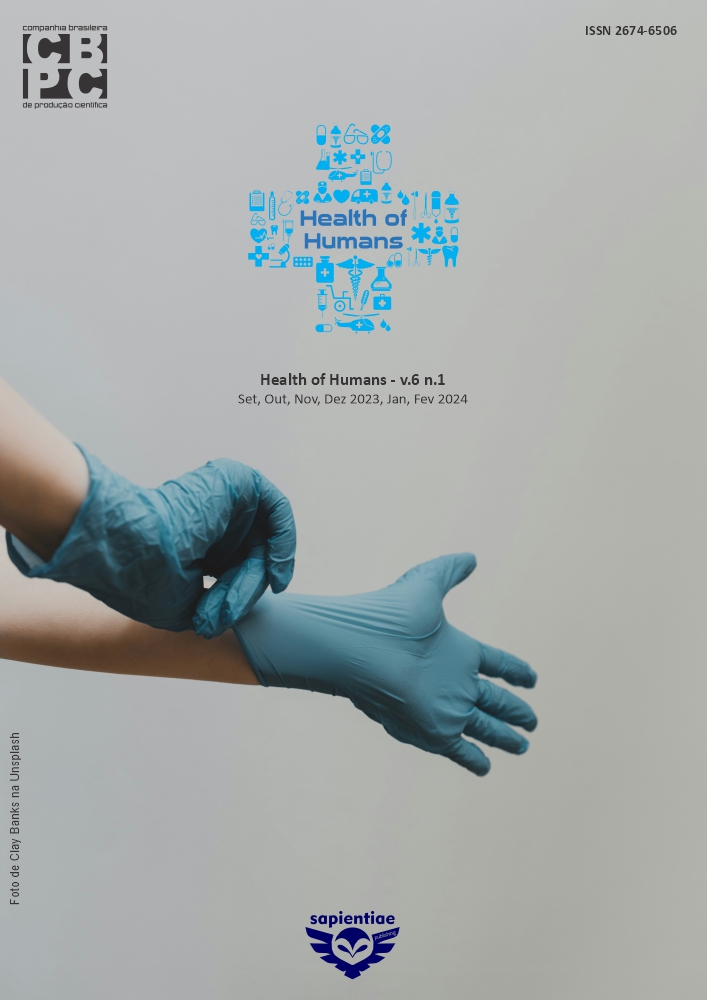Evaluation of antioxidant activity and phytochemical profile of red propolis extract and dregs from Alagoas
DOI:
https://doi.org/10.6008/CBPC2236-9600.2023.001.0003Keywords:
Propolis, Antioxidant, Phenolic compoundsAbstract
Propolis is a natural product of complex chemical composition, formed by gummy and balsamic material. It is a natural product rich in phenolic compounds, especially flavonoids that have different pharmacological activities, such as antioxidant, healing and anti-inflammatory activity. Red propolis was classified as the 13th group, its main botanical origin was identified as resinous exudate of Dalbergia ecastophyllum, and can be found mainly in the northeast region of Brazil. The hydroalcoholic extract is the most common form of commercialization of propolis. In the process of obtaining the extract, a fraction rich in wax (sludge) is discarded and little explored in the development of products derived from propolis. Few studies are carried out with red propolis dregs and different properties may be hidden in this material. In this way, carrying out a comparative study between the hydroalcoholic extract and the red propolis dregs from Alagoas becomes relevant, making it possible to certify the chemical profile. In this sense, the main objective of this project is to evaluate the antioxidant activity and phytochemical profile of the extract and dregs of red propolis from Alagoas. Red propolis will be used to obtain the hydroalcoholic extract 30% (w/v) and its residue (sludge) will be used for analysis. The extract and the dregs will be used for phytochemical tests, such as obtaining the UV-vis spectrum and determining the total phenol and flavonoid contents by the Folin-Ciocalteau method and aluminum chloride, respectively. the determination of the total content of soluble solids. The antioxidant activity of the extract and dregs will be determined by the DPPH method. All analyzes will be carried out in triplicate and will use the Ministry of Agriculture, Livestock and Supply (MAPA) as a comparative parameter. The levels of phenolic compounds of 123.2 and 40.32 mgEAG were found respectively in red propolis and sludge extract. g-1 and total flavonoids of 28.3 and 1.97 mgEQ. g-1. The antioxidant activity showed high activity of 89.59% (red propolis extract) and 39.59 (leaves). Despite the reduced content of phenolic compounds in the dregs, it is still possible to apply it in the development of intermediate products.
Downloads
Downloads
Published
Issue
Section
License
Copyright (c) 2023 Scire Salutis

This work is licensed under a Creative Commons Attribution-NonCommercial-NoDerivatives 4.0 International License.
The CBPC - Companhia Brasileira de Produção Científica (Brazil CNPJ: 11.221.422/0001-03) the material rights of the published works. The rights relate to the publication of the work anywhere in the world, including rights to renewals, expansions and dissemination of the contribution, as well as other subsidiary rights. All electronically published works may subsequently be published in printed collections under the coordination of this company and / or its partners. The authors preserve the copyright, but are not allowed to publish the contribution in another medium, printed or digital, in Portuguese or in translation.








